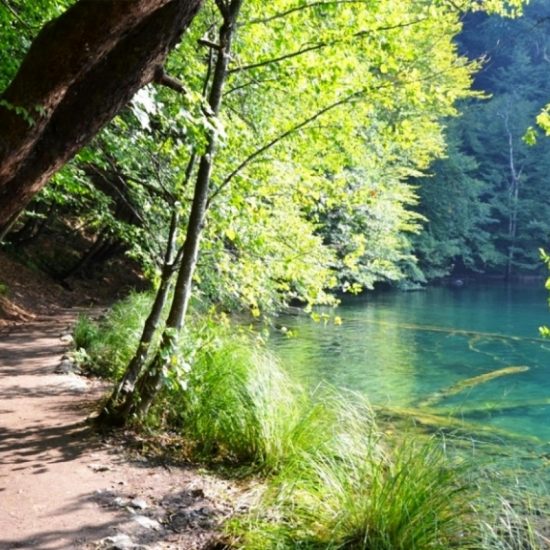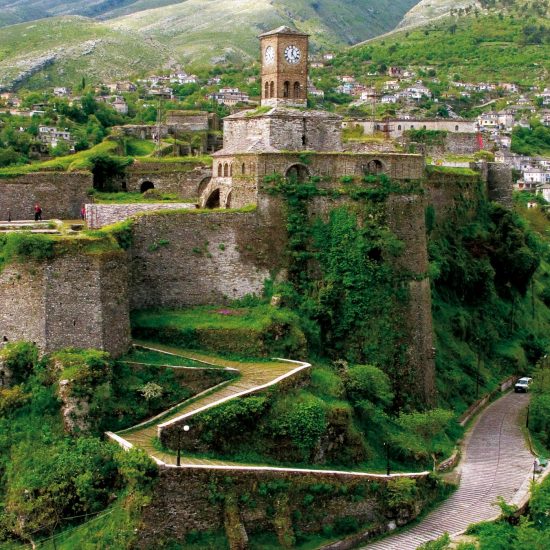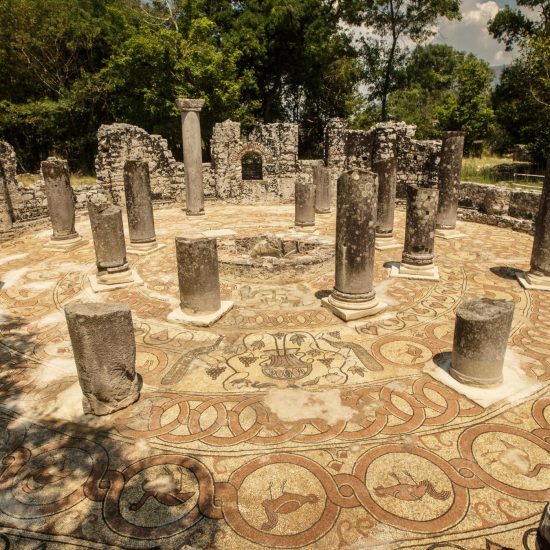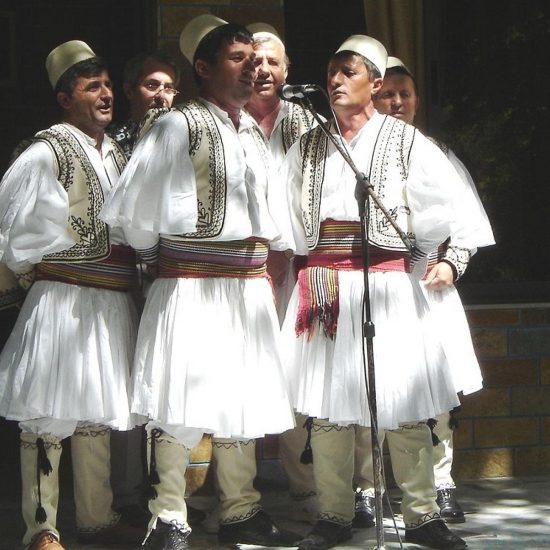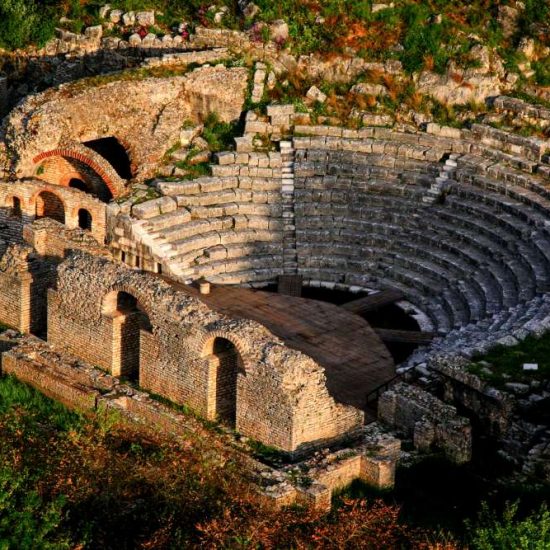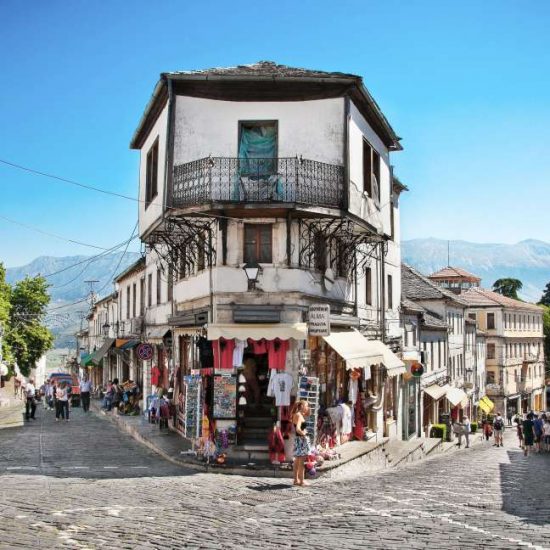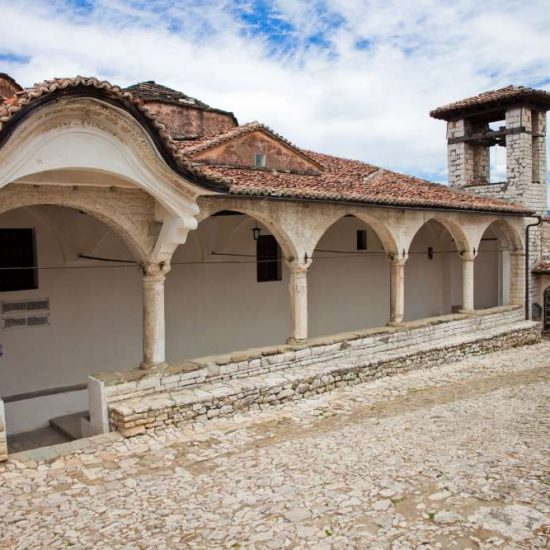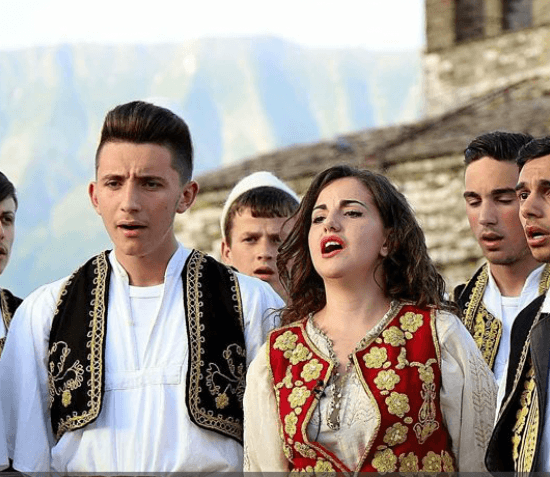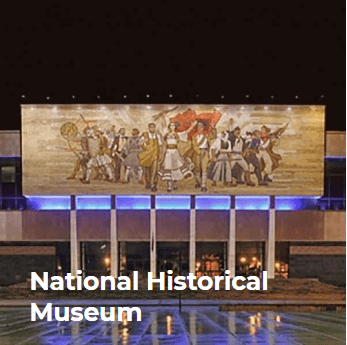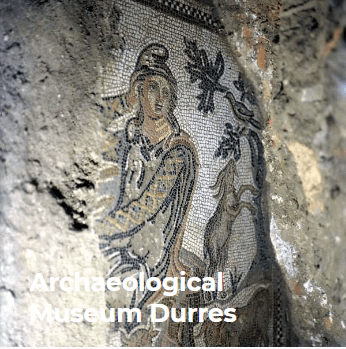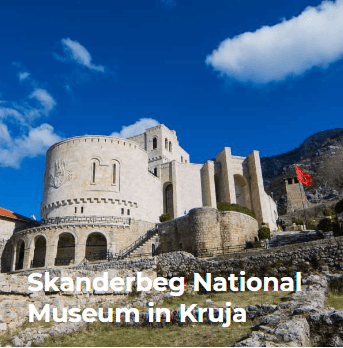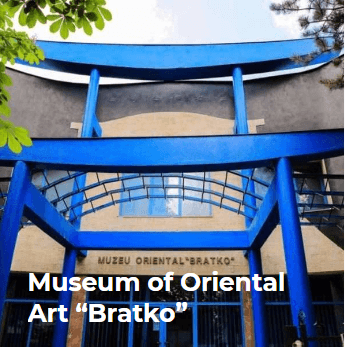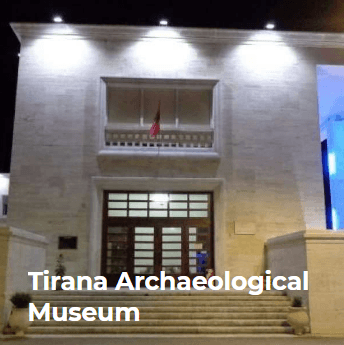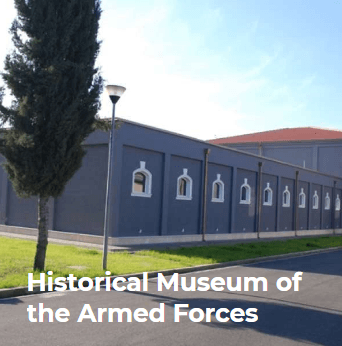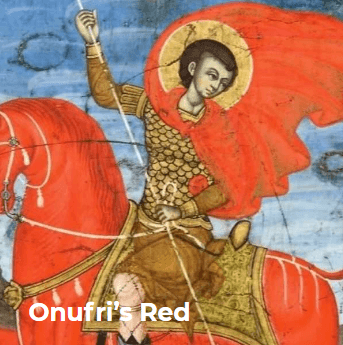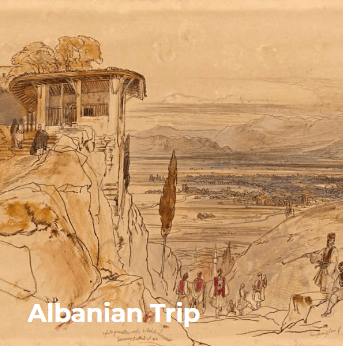BUTRINT
The first Albanian site to be included on the list was Butrint, in the south of the country, in 1992. It has been inhabited since prehistoric times and was a part of the Greek and Roman colonies. Later, it experienced a period of prosperity under Byzantine administration, which was followed by a short period of Venetian rule and the eventual abandonment of the city in late medieval times. The present state of the archaeological site shows traces of all the time periods the city has gone through.
National Park of Butrint. Declared “Monument in Protection” by the Albanian State in 1948. Registered as an UNESCO world heritage site in 1992. Inclusion in the List of Monuments at Risk in 1997. It was further expanded in 1999.
The national importance of Butrint's assets and cultural heritage was recognized and confirmed in the world by UNESCO World Heritage Committee in 1992. Registration of Butrint by UNESCO was based on cultural criteria as a unique and exceptional testimony of a cultural tradition and civilization that disappeared.
Butrint was an ancient city in Epirus, during the 7th century. The main buildings at Butrint are: the Temple of Aeskulapius, the theatre with 1500 seats, bathrooms, basilica, the Lion gate, the Lake Gate, the Venetian towers and the fortress of Ali Pasha etc. A series of items can be found at the Museum of Butrint.
GJIROKASTER
The museum City of Gjirokastra. Declared a "Museum City” by the Albanian state in 1961. Declared a world heritage in 2005. Gjirokastra is a unique testimony of a cultural tradition of life during the XIV - XIX centuries.
It is the main city of the southern part of the country. This city impresses everyone who visits it, as a result of the architecture, the surprising images of Drinos valley, and the spectacular crown ridge of calcareous Bureto and Lunxhëria.
BERAT
Registered as world heritage in 2005 and ratified in 2008. Berat is the city where can be found traces of the Illyrian, Roman, Byzantine and Ottoman periods, rich in old churches with wonderful wall paintings, icons and wood engraving. In 1961 the city was put under the protection of the Albanian state and was declared a "Museum City ".
ALBANIAN FOLK ISO-POLYPHONY
Albanian Folk Iso-polyphony has been proclaimed "masterpiece of the oral heritage of humanity" protected by UNESCO. Obviously, the date November 25, 2005 is a historic day for all of Albanian cultural heritage but also for Albania itself. In this day "Albanian folk iso-polyphony" was added to the list of "Masterpieces of the oral heritage of humanity" protected by UNESCO , a fact that was heralded the media worldwide by Dr. Koichiro Matscura, General Director of UNESCO, at the UNESCO headquarters in Paris. To come up with this decision, the International Jury meeting in Paris from 21-24 November 2005, examined 60 candidates proposed for inclusion in the list "Masterpiece of Humanity", the proposals were made in an official way by different countries of the world and met the criteria stated files for this purpose.
PRIMEVAL BEECH FOREST OF THE CARPATHIANS AND OTHER REGIONS OF EUROPE
The Gashi River located in Tropojë - Northeastern Albania, and the ancient beech forests of Rrajcë in Përrenjas – Central Albania, are the first two Albanian natural sites that have received UNESCO protection on 2017 as an extension of the World Heritage site of the Primeval Beech Forests. They demonstrate the postglacial expansion process of such forests and exhibit the most complete and comprehensive ecological patterns and processes of pure and mixed stands of European Beech across a variety of environmental conditions.
NATURAL AND CULTURAL HERITAGE OF OHRID REGION (POGRADEC)
This is the extension of the site that has been inscribed in North Macedonia since 1979.The area around the town of Pogradec at the shores of Lake Ohrid was inhabited by the Illyrians in the 5th century BC, followed by the Romans and the Slavs. Traces of the Roman road Via Egnatia are evidence of an important passage route in the region. The ruins of the paleo-christian church of Lin together with its floor mosaics reveal the presence of Christianity. The historical centre of Pogradec represents an example of 19th to 20th century Albanian vernacular architecture.



